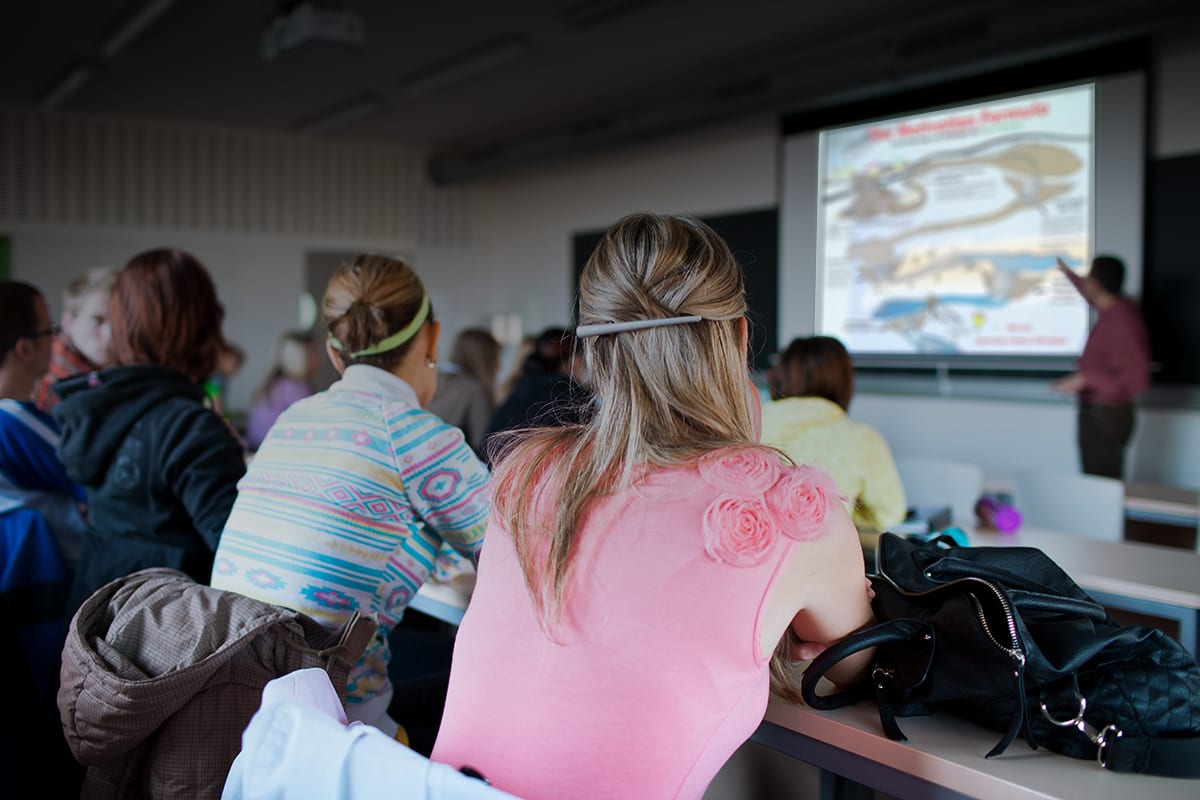Facilitator’s Guide
Section Three: Tips to Facilitate WhyTry Effectively

Introduction:
The following section outlines important tips beyond what you’ve already learned and read to help you be successful in implementing WhyTry with your students. In this section we will introduce six tips to help you with your own WhyTry lessons:
- Creating a WhyTry environment
- Using Video
- Using Music
- Running an Activity
- Flexibility
- Self-Assessment
Tip #1: Creating a WhyTry Environment

- Always begin with something to get started. You can begin with a check-in, questions to answer, an activity, a video, a relationship-building activity, music and more. This routine is important because it helps warm your students up for the rest of your time together.
- Establish a purpose for your group. Sometimes your students are mandated to do this and they may not want to be there. They may wear labels and feel like this class time is a part of that label or because of that label. You can ease that tension by establishing a reason for you all to be there together. Sometimes you can create that purpose collaboratively and other times you may want to simply state it for them.
- In WhyTry we push to utilize Life Norms or Life Rules. Every rule you have in your WhyTry group goes beyond simply establishing the rule for the sake of school. Instead we discuss why that rule is important for life outside of school.
Tip #2: Using Video
Student engagement improves as we make our lesson plans dynamic and deliver them with generational relevance. Using video and other multimedia material is a great way to incorporate generational and culturally relevant examples of multimedia to connect it with the lesson. Follow these tips and tricks to utilize video effectively.

- Preparing to use video:
- Watch each video before class.
- Know what to say for each video (framing), refer to framing competency.
- Setting up a video (framing):
- Explain what to look for while watching.
- Invite students to practice empathy (when applicable) by putting themselves in the shoes of the person in the clip.
- When necessary, use freeze frame to explain context, who people are, what led up to this, etc.
- Engage students with questions; e.g.”What would you guess happens here?”
- Use strategic pauses during video to ask additional questions.
- Debriefing a video (processing):
- Allow students to explain what happened in the video, don’t do it for them.
- Ask questions that focus on key behaviors from the video.
- Practice empathy by reflecting on how the people from the video may have felt.
- Reinforce principles and concepts of lesson.
- Funnel questions from general to specific.
- Allow students to make points, then add information as necessary to complete discussions.
Tip #3: Music

- Using music for effect:
- Play music as students come into your classroom or office. This can set the tone for the class. Upbeat music adds energy, soft music creates calm.
- Play thematic music as students come into your classroom or office. The song and its lyrics can be an informal introduction into your lesson. You can ask students if they can guess what you’ll be discussing today based on the song or ask them what they think about the lyrics.
- Play music during activities. This generates enthusiasm and energy.
- Play music while you ask students to answer questions and discuss. This creates safety and increased engagement.
- Play music as students leave your room. It creates a memory that can surface later on in the week as they go about their life.
- Have songs queued up and ready to play at key moments to achieve desired effect (energize, introduce concept/theme, engage with humor, etc.)
- Have playlists organized for your class.
- Using music for learning:
- Create a class playlist of songs submitted by your students (preferably that coincides with learning themes or concepts).
- Choose a song and its lyrics as a response to journal prompts.
- Create a life sketch or tell your story with songs.
- In one on one settings, communicate using songs to express how someone is feeling about life or a situation.
- Ask: What would be the theme song for your life story?
- Analyze lyrics from mainstream songs and videos. What do they mean? What is this artist trying to communicate?
- Analyze lyrics from WhyTry songs and videos. What do they mean? What is this person trying to say?
- Create lyrics to music to express a message.
Tip #4: Running an Activity
Effective use of activities lies at the heart of what makes WhyTry work. Effective use includes learning how to successfully implement an activity and make it engaging for the students. Here are some tips:

- Be prepared with props, effective instructions, and processing questions.
- Create appropriate space and room setup for any given activity (i.e. object lesson vs. movement activity)
- Select appropriate activities based on needs of the group and individuals within it.
- Be aware of and address safety concerns.
- Be prepared to coach students as needed.
- Effectively frame the activity (see framing) with clever setups and stories combined with enthusiasm.
- Provide demonstrations when activity set-up/instructions are complicated.
- Establish different roles in cases where students don’t wish to participate.
- Listen and observe during the activity – move around and make note of comments and behaviors of students to be used during processing.
- Process the activity to directly relate it back to the principles of the lesson (see processing).

Tip #5: Flexibility
Our most skilled WhyTry users end up becoming experts in flexibility. Being flexible means you understand how to adapt the message and the approach to appeal to all students. When you are familiar enough with the material, you can make adjustments on the fly to best support student learning needs and build your own lessons using the Flexible Lesson Plan.

Tip #6: Self-Assessment
You will very quickly ask yourself the question, “Am I doing this right?” The answer is probably yes. The WhyTry Approach is about using lesson tools that appeal to a wide range of learning styles combined with skills to develop educator-student relationships for learning. If you are spending time in your WhyTry lessons doing those things–then you are doing WhyTry. Give yourself a break. It will take some time. However, as you do this, you will have experiences with your students that show you are making progress. They will say things and start to act differently, even if it’s only during the WhyTry time to begin with. Then it will start to manifest in other areas of the students’ lives. It is a fun journey and one we hope you enjoy.